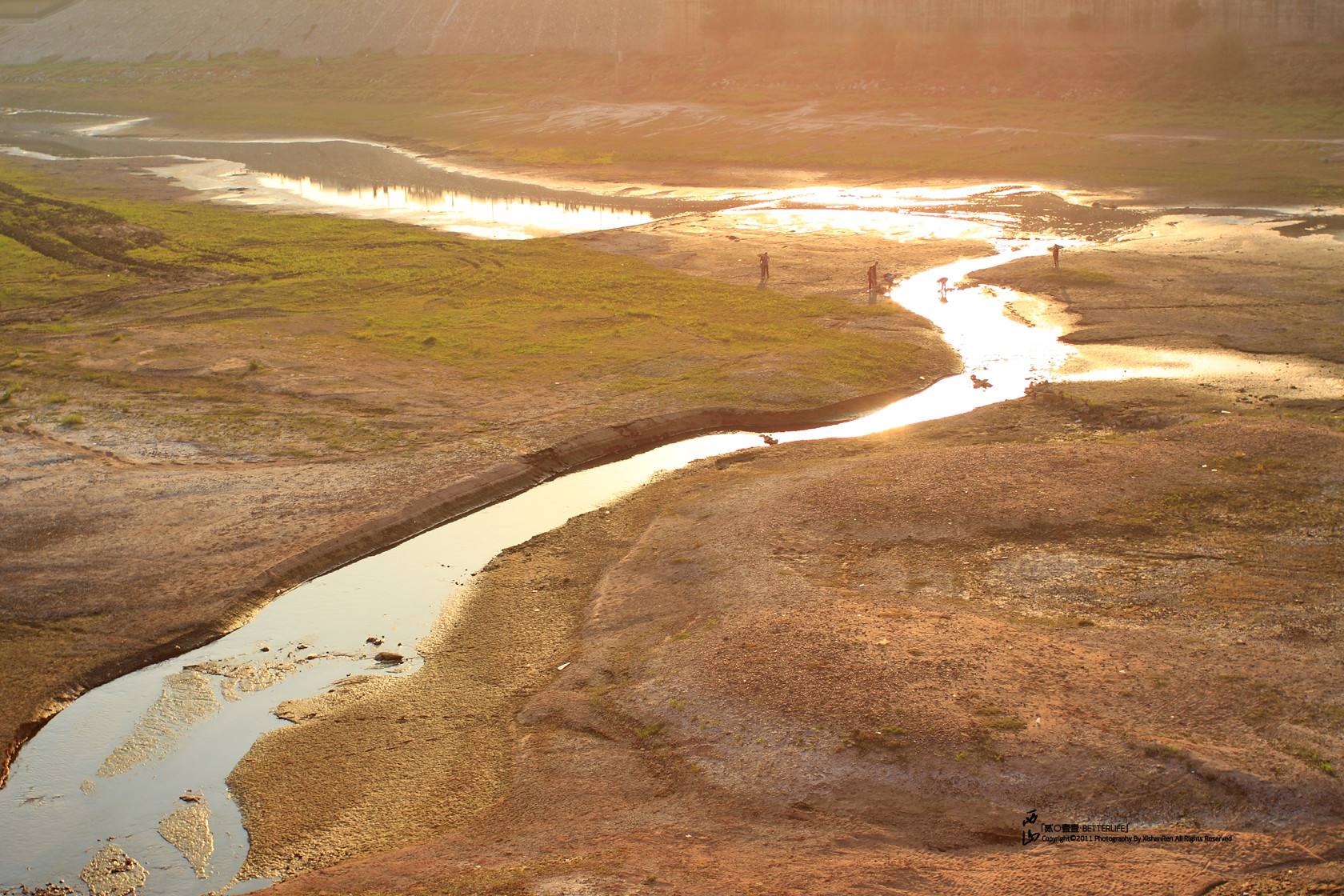- Homestay
- Qi Xin Xiaozhu culture originated
- Qí xīn xiǎo zhù
- Inhabiting
- Tourist
- Butler service
- specialty


A wetland ecosystem is a dynamic system that, like everything in nature, is constantly in motion and change. Ecosystem degradation is a bad change in the components and their interaction processes in the system, and is the reverse succession of the system, leading to its functional degradation and system instability. While the area is lost and the landscape is fragmented, the wetland supply is declining and the wetland function is weakened or disappeared due to the reduction of water supply and the deterioration of water quality.
Wetlands are currently the most threatened ecosystem. Due to the reclamation and reconstruction of wetlands, pollution, over-utilization of biological resources, sedimentation and unreasonable utilization of water resources, the wetlands are continuously degraded and disappeared, biodiversity is sharply reduced, soil erosion is intensified, and floods and droughts are frequent, resulting in huge Economic losses even threaten human health and life.
China's wetland resources are very rich, but with the development of the economy and the acceleration of urbanization, predatory development and irrational use, siltation, pollution, excessive drainage, etc. lead to the reduction of wetland area and resources, the decline of functions and benefits, biodiversity Lost. Dryland wetland (photo by Lu Xianguo) The reduction of wetland and functional degradation not only cause serious damage to China's ecological environment, but also detrimental to the harmonious development of human and nature. Moreover, the deterioration of water quality of rivers and lakes and the reduction of available freshwater resources directly threaten China's water. The supply of resources is safe, which in turn affects the sustainable development of the entire economy and society, and even threatens the survival of mankind. In recent years, the frequent occurrence of natural disasters such as floods, droughts, red tides, sandstorms and desertification in China is closely related to the disappearance and degradation of many wetlands. For example, in 1998, the Yangtze River Basin experienced a major flood, with more than 2,000 dykes, 2.83 million mu of inundated land, and 2.53 million people affected by the disaster, causing huge losses to people's lives and property. The occurrence of flood disasters has a great correlation with the sharp decline of lake wetlands such as Dongting Lake and Poyang Lake. In fact, nature has already sounded the alarm for us. Wetland protection is an urgent task!
Due to the lack of unified planning and argumentation, blindly unrestrained reclaiming and encircling wetlands, wetland drainage and urban expansion make the wetlands in jeopardy, and natural wetlands are facing a crisis of disappearance. According to statistics, in the second half of the 20th century, 50% of coastal wetlands in China have ceased to exist; about 13% of the country's lakes have disappeared.